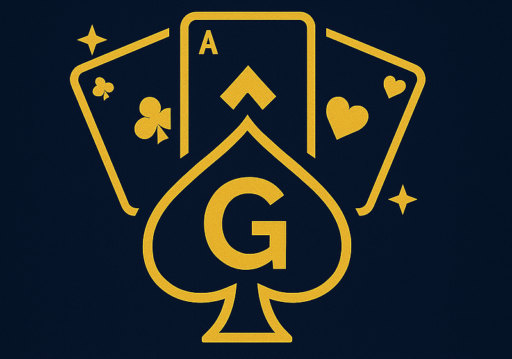We’ve all tried to pull off a bluff at the poker table and thought, “This is genius—they’ll never call.” And then… someone calls with bottom pair, and suddenly, you’re busted with nothing but a dream. Yeah, we’ve been there.
Bluffing is a powerful tool in poker—but only when it’s used wisely. The truth is, most bluffing fails happen not because bluffing is bad, but because it’s done the wrong way. So, if you’re tired of getting caught or just want to step up your game, let’s walk through 5 common bluffing mistakes that could be costing you chips.
Think of this as some solid advice from a poker buddy who wants you to win.
1. Bluffing Too Often
Let’s be real: bluffing feels cool. Outplaying someone with nothing? That’s the dream. But if you do it too much, people catch on quickly.
When you’re bluffing every other hand, experienced players will sniff it out. Remember, poker is about balance. Bluff too often, and you’re labeled as reckless. Bluff too little, and you’re predictable.
👉 Pro Tip: Use bluffing like seasoning—just enough to keep people guessing, not so much that it ruins the dish.
2. Telling a Confusing Story
Every bet you make tells a story. When you suddenly shove all your chips in after passively checking the whole round, what are you really saying? That you magically hit a monster hand? It’s suspicious.
Good bluffs make sense. They follow a narrative that your opponents could believe. If your betting pattern doesn’t line up with how a strong hand would play, sharp players will see through the act.
👉 Pro Tip: When bluffing, ask yourself, “Would I bet like this if I actually had the hand I’m pretending to have?”
3. Bluffing the Wrong Players
This one’s a biggie. Not everyone at the table is bluff-worthy. Some players just do not fold. Ever. They’ll call down with third pair and smile while doing it.
Bluffing these types is like trying to scare a cat with a cucumber—it just doesn’t work.
👉 Pro Tip: Pay attention to who folds easily and who always calls. Save your bluffs for players who respect a strong bet.
4. Ignoring Your Table Image
Your “table image” is how other players see you. If you’ve been caught bluffing a few times already, they might not take your bets seriously anymore.
On the flip side, if you’ve been playing tight and only showing strong hands, your bluff is way more believable. Don’t ignore how others perceive you—it’s part of your weaponry.
👉 Pro Tip: Bluff more when your image is tight. When people think you’re only betting big with monsters, your bluffs pack more punch.
5. Showing Your Bluffs
We get it—sometimes you want to show that sick bluff to earn some respect (or just rub it in a little). But here’s the thing: every time you show your cards, you’re giving away info.
Next time you try something sneaky, they’ll remember how you bluffed last time—and call you on it.
👉 Pro Tip: Keep the mystery alive. Make them wonder what you had. That uncertainty is more powerful than any “gotcha” moment.
Final Thoughts: Bluff with Purpose, Not Just for Fun
Bluffing isn’t about being flashy—it’s about being strategic. It works best when it’s smart, situational, and backed by a good read on your opponents. Avoid these five common errors, and you’ll find your bluffs landing more often—and your chip stack growing steadily.
Remember: poker is a game of patience, timing, and reading people. Use your bluffs wisely, and you’ll be one step closer to playing like a pro.
